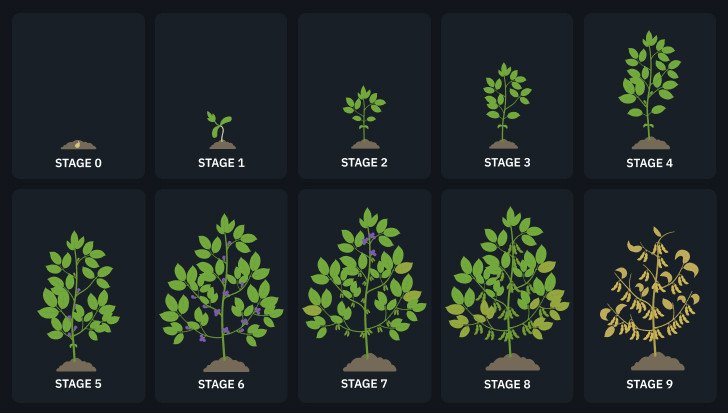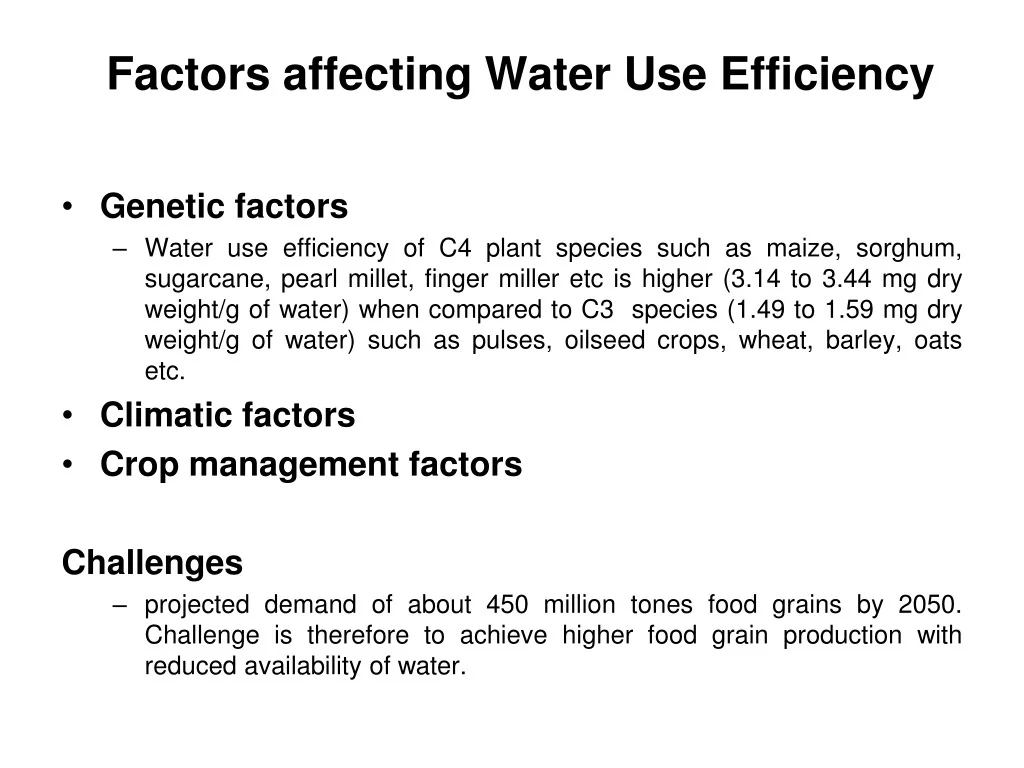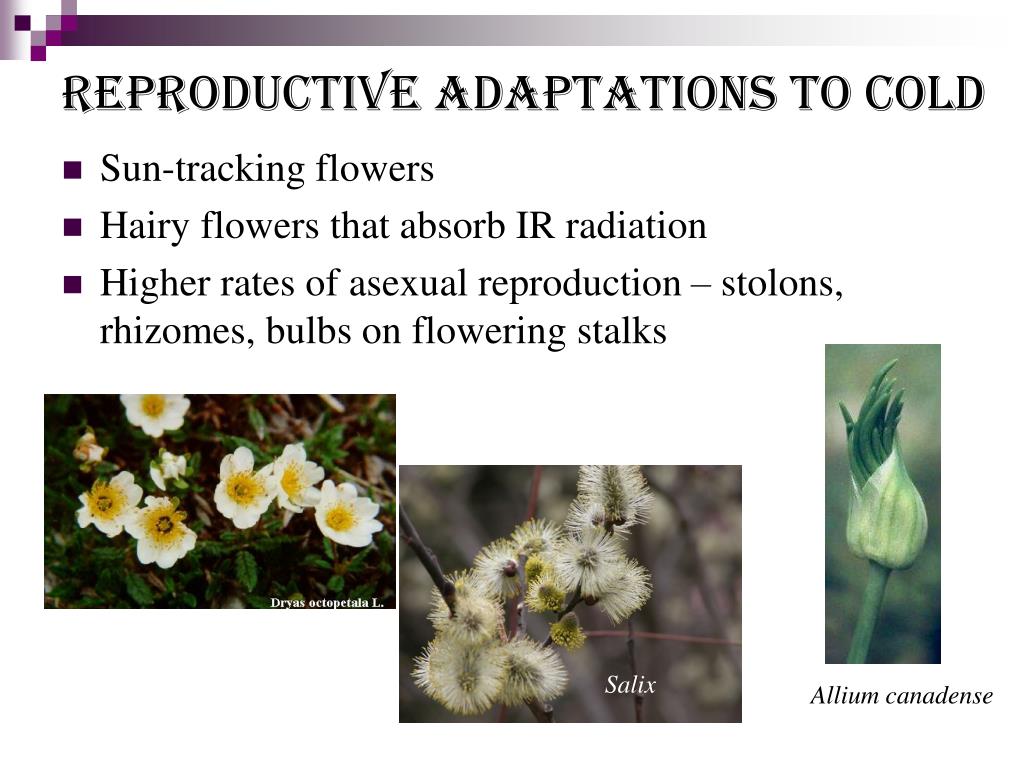Have you ever stopped to marvel at the vibrant green of a forest, the lushness of a garden, or the simple beauty of a houseplant thriving on your windowsill? The secret to their vitality, their growth, and their very existence lies in a process so fundamental, so intricate, and so essential to life on Earth: photosynthesis. And at the heart of this process lies the concept of photosynthesis rates. This comprehensive guide dives deep into the world of plant photosynthesis rates, breaking down the complexities into digestible pieces and exploring the factors that influence this vital process.
What is Photosynthesis? A Refresher
Before we delve into rates, let’s revisit the basics. Photosynthesis is the remarkable process by which plants, algae, and some bacteria convert light energy into chemical energy in the form of glucose (a sugar). This process fuels their growth and provides the foundation for most food chains on the planet. It’s essentially how plants make their own food, acting as nature’s primary producers.
The overall equation for photosynthesis is often represented as:
6CO₂ + 6H₂O + Light Energy → C₆H₁₂O₆ + 6O₂
Where:
- CO₂ represents carbon dioxide
- H₂O represents water
- Light Energy is the energy from the sun
- C₆H₁₂O₆ represents glucose (sugar)
- O₂ represents oxygen
This equation shows that plants take in carbon dioxide and water, use sunlight to convert them into glucose (their food), and release oxygen as a byproduct. This oxygen is what we breathe, making photosynthesis not just crucial for plants, but for all life on Earth.
What are Photosynthesis Rates?
Photosynthesis rates refer to the speed at which a plant performs photosynthesis. It’s a measure of how efficiently a plant converts light energy into chemical energy. This rate is typically measured by:
- Oxygen Production: The amount of oxygen released per unit of time.
- Carbon Dioxide Uptake: The amount of carbon dioxide absorbed per unit of time.
- Glucose Production: The amount of glucose produced per unit of time (less commonly measured directly).
Understanding these rates is crucial because they directly impact a plant’s growth, development, and overall health. A higher photosynthetic rate generally means a faster growth rate, more robust development, and greater resilience to environmental stressors. Conversely, a lower rate can indicate stress, disease, or unfavorable growing conditions.
Factors Influencing Photosynthesis Rates
Several factors can influence the rate of photosynthesis. These factors can be broadly categorized as environmental factors and plant-specific factors. Let’s examine each in detail:
Environmental Factors
Environmental factors are external conditions that plants experience. They play a significant role in dictating how well a plant can photosynthesize.
- Light Intensity: This is arguably the most critical factor. As light intensity increases, the rate of photosynthesis generally increases, up to a certain point. At very high light intensities, the rate can plateau or even decrease due to photoinhibition (damage to the photosynthetic machinery). Different plants have different light saturation points; some thrive in full sun, while others prefer shade.
- Carbon Dioxide Concentration: Carbon dioxide is a crucial ingredient for photosynthesis. Increasing the concentration of CO₂ generally leads to an increased photosynthetic rate, up to a certain point. Beyond this point, the rate may plateau or be limited by other factors.
- Temperature: Temperature affects the rate of enzymatic reactions involved in photosynthesis. There’s an optimal temperature range for each plant species. Below this range, the rate slows down due to enzyme inactivity. Above this range, the rate can decline due to enzyme denaturation (damage).
- Water Availability: Water is a reactant in photosynthesis and also crucial for maintaining turgor pressure (rigidity) in plant cells. Water stress can lead to stomatal closure (discussed below), which reduces CO₂ uptake and thus photosynthesis.
- Nutrient Availability: Nutrients like nitrogen, phosphorus, and magnesium are essential for the production of chlorophyll and other photosynthetic components. Deficiencies in these nutrients can limit photosynthetic rates.
- Stomatal Aperture: Stomata are tiny pores on the surface of leaves that allow for gas exchange (CO₂ uptake and O₂ release). The opening and closing of stomata are regulated by guard cells. Stomatal aperture is influenced by factors like light, CO₂ concentration, water availability, and temperature. The wider the stomata are open, the more CO₂ can enter the leaf, potentially boosting photosynthesis.
Plant-Specific Factors
These factors relate to the plant’s inherent characteristics and how it is adapted to its environment.
- Plant Species: Different plant species have different photosynthetic rates due to variations in their photosynthetic machinery, leaf structure, and adaptations to their environment. For example, C4 plants (like corn) and CAM plants (like cacti) have evolved mechanisms to concentrate CO₂ around the enzyme RuBisCO, making them more efficient in hot, dry conditions than C3 plants (most plants).
- Leaf Age: Young leaves typically have higher photosynthetic rates than older leaves, as they have a higher concentration of photosynthetic enzymes and are less damaged. However, very young leaves may not have fully developed photosynthetic machinery.
- Leaf Area Index (LAI): LAI is the ratio of leaf area to ground area. A higher LAI means more leaves are available to capture sunlight, potentially leading to a higher overall photosynthetic rate for the plant.
- Chlorophyll Content: Chlorophyll is the pigment that absorbs light energy. The higher the chlorophyll content, the more light energy the plant can capture, and the higher the potential photosynthetic rate.
- Genetic Factors: A plant’s genes influence its photosynthetic capacity, including the efficiency of its enzymes, the structure of its chloroplasts, and its ability to respond to environmental cues.
Measuring Photosynthesis Rates: Techniques and Technologies
Scientists and researchers employ various techniques to measure photosynthesis rates in plants. These techniques provide valuable insights into plant physiology and responses to environmental changes.
- Gas Exchange Measurements: This is a common and direct method. Instruments measure the uptake of CO₂ or the release of O₂ by a leaf or plant under controlled conditions. These measurements can be performed in specialized chambers that control light, temperature, and CO₂ concentration.
- Chlorophyll Fluorescence: This technique measures the fluorescence emitted by chlorophyll molecules. The intensity and characteristics of the fluorescence can provide information about the efficiency of photosynthesis and the health of the photosynthetic machinery.
- Isotope Analysis: Researchers can use stable isotopes of carbon (e.g., 13C) to track the movement of carbon through the photosynthetic pathway. This provides insights into the efficiency of carbon fixation.
- Eddy Covariance: This technique is used to measure the exchange of CO₂ and water vapor between a plant canopy and the atmosphere. It’s often used in large-scale studies of ecosystems.
- Remote Sensing: Satellites and drones equipped with specialized sensors can measure the amount of light reflected by plants. This information can be used to estimate photosynthetic activity over large areas, providing valuable data for monitoring ecosystems and assessing crop health.
Why Understanding Photosynthesis Rates Matters
The study of photosynthesis rates is essential for a wide range of applications, from agriculture to climate change research.
- Agriculture and Crop Production: Understanding how environmental factors influence photosynthesis rates helps farmers optimize growing conditions to maximize crop yields. This can involve adjusting irrigation, fertilization, and planting strategies to promote optimal photosynthetic activity.
- Forestry and Ecosystem Management: Photosynthesis is the foundation of forest ecosystems. Monitoring photosynthetic rates can help assess forest health, track the impact of climate change, and inform sustainable forestry practices.
- Climate Change Research: Plants play a critical role in absorbing CO₂ from the atmosphere, acting as carbon sinks. Understanding photosynthesis rates is crucial for predicting how ecosystems will respond to rising CO₂ levels and other climate change impacts.
- Plant Breeding: Plant breeders use knowledge of photosynthesis to select and develop crop varieties with improved photosynthetic efficiency, leading to higher yields and greater resilience to environmental stresses.
- Environmental Science: Understanding the factors that affect photosynthetic rates helps us assess the impact of pollution, deforestation, and other environmental stressors on plant life and ecosystem health.
- Biotechnology: Researchers are exploring ways to enhance photosynthesis in plants through genetic engineering and other biotechnological approaches. This could lead to more efficient crops and new sources of biofuels.
Optimizing Photosynthesis Rates: Practical Tips
Whether you’re a gardener, a farmer, or simply a plant enthusiast, there are things you can do to optimize the photosynthetic rates of the plants in your care.
- Provide Adequate Light: Ensure your plants receive the appropriate amount of light. This may involve placing houseplants in sunny locations, using grow lights indoors, or choosing plants that are well-suited to the available light conditions.
- Control Temperature: Maintain the optimal temperature range for your plants. Protect them from extreme heat or cold.
- Water Properly: Water your plants regularly, but avoid overwatering, which can lead to root rot and stress.
- Provide Adequate Nutrients: Fertilize your plants regularly with a balanced fertilizer to provide essential nutrients.
- Ensure Good Air Circulation: Good air circulation helps prevent fungal diseases and ensures that CO₂ reaches the leaves.
- Manage Pests and Diseases: Protect your plants from pests and diseases, which can damage leaves and reduce photosynthetic efficiency.
- Consider the Species: Select plants that are well-suited to your climate and growing conditions.
- Prune as Needed: Pruning can improve light penetration and air circulation, promoting healthier growth and photosynthesis.
Photosynthesis Rates and Climate Change: A Complex Relationship
The relationship between photosynthesis rates and climate change is complex and multifaceted. Here’s a closer look:
- CO₂ Fertilization Effect: As atmospheric CO₂ levels rise, plants generally have more CO₂ available for photosynthesis. This can lead to increased photosynthetic rates and, in some cases, faster growth (this is often referred to as the CO₂ fertilization effect). However, this effect is often limited by other factors, such as nutrient availability and water stress.
- Temperature Effects: Rising temperatures can increase photosynthetic rates up to a certain point. However, extreme heat can damage photosynthetic enzymes and reduce efficiency. Changes in temperature patterns can also affect plant growth cycles and geographic ranges.
- Water Stress: Climate change is expected to increase the frequency and severity of droughts in many regions. Water stress can reduce stomatal aperture, limiting CO₂ uptake and reducing photosynthesis rates.
- Extreme Weather Events: More frequent and intense storms, floods, and other extreme weather events can damage plants and reduce photosynthetic capacity.
- Ecosystem Impacts: Changes in photosynthesis rates can have cascading effects on ecosystems. For example, changes in forest growth can affect carbon sequestration, influencing climate change. Alterations in the timing of plant growth can disrupt food webs and ecological interactions.
- Mitigation Strategies: Understanding the effects of climate change on photosynthesis rates is crucial for developing effective mitigation strategies. This includes efforts to reduce greenhouse gas emissions, restore degraded ecosystems, and promote sustainable land management practices.
The Future of Photosynthesis Research
Photosynthesis research is a dynamic field, and ongoing studies are constantly revealing new insights into this fascinating process. Some areas of active research include:
- Improving Photosynthetic Efficiency: Scientists are working to engineer plants with improved photosynthetic efficiency, potentially leading to higher crop yields and increased carbon sequestration.
- Understanding Plant Responses to Climate Change: Researchers are investigating how plants will respond to rising CO₂ levels, changing temperatures, and other climate change impacts.
- Developing Sustainable Agricultural Practices: Studies are focused on optimizing agricultural practices to enhance photosynthesis and reduce the environmental impact of farming.
- Exploring Artificial Photosynthesis: Scientists are developing artificial photosynthesis systems that mimic the natural process. These systems could potentially be used to generate clean energy and produce valuable chemicals.
- Using Advanced Technologies: Researchers are utilizing advanced technologies, such as genomics, proteomics, and metabolomics, to study photosynthesis in greater detail.
These research efforts are essential for addressing global challenges, such as food security, climate change, and the need for sustainable energy sources.
Conclusion: The Vital Dance of Photosynthesis
Understanding plant photosynthesis rates is more than just a scientific pursuit; it’s a window into the fundamental processes that sustain life on Earth. From the lush forests that provide us with clean air to the crops that feed the world, photosynthesis plays a critical role. By understanding the factors that influence photosynthesis rates, we can better manage our ecosystems, optimize crop production, and mitigate the effects of climate change. The study of photosynthesis is a testament to the intricate beauty and complexity of the natural world, a reminder of the interconnectedness of all living things, and a beacon of hope for a sustainable future.
So, the next time you see a plant thriving, take a moment to appreciate the incredible dance of light, carbon dioxide, and water, a dance orchestrated by the remarkable process of photosynthesis, a dance whose rhythm is determined by the fascinating and essential rates that govern its performance.



